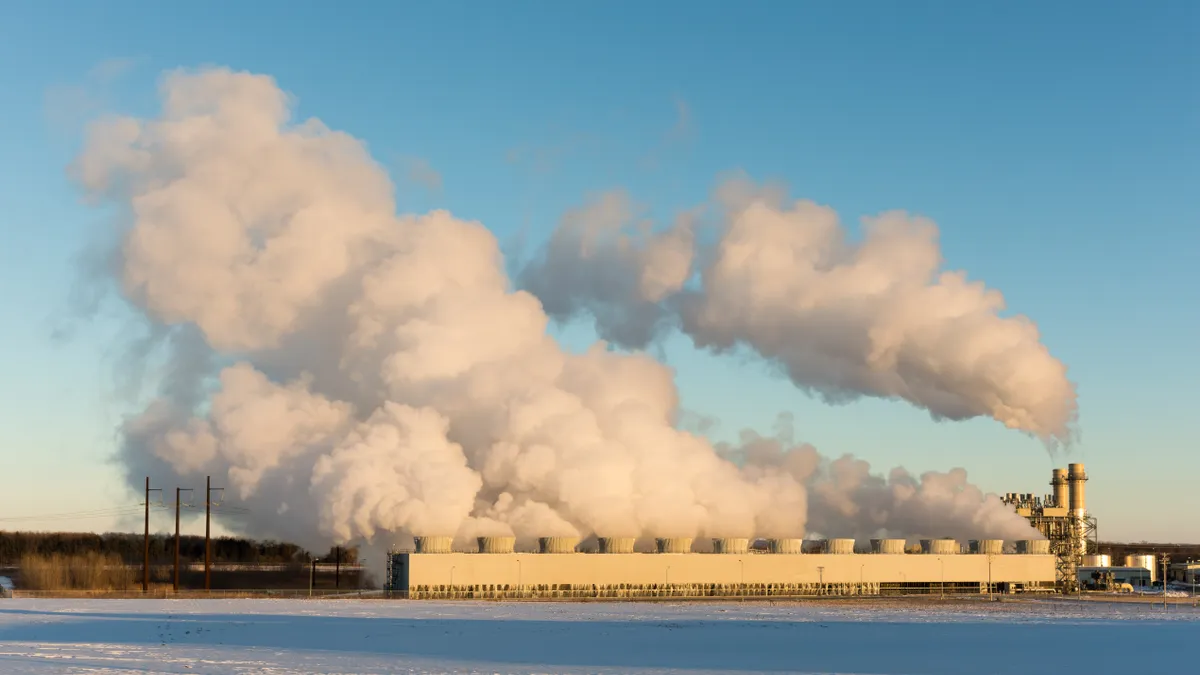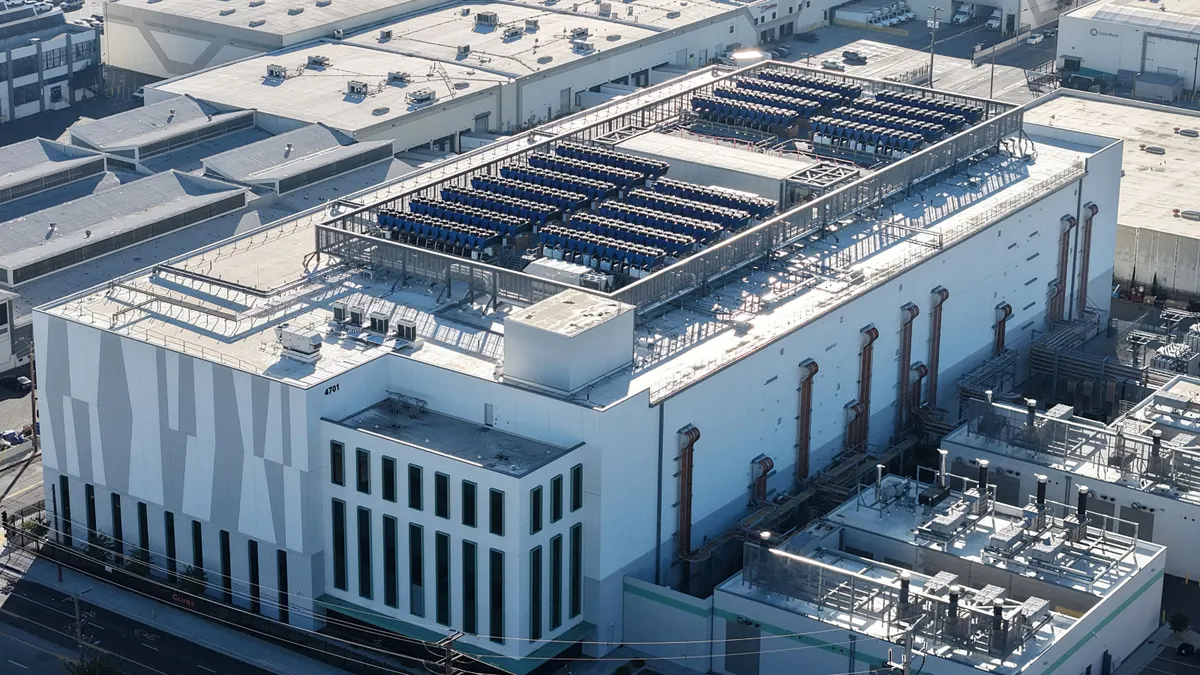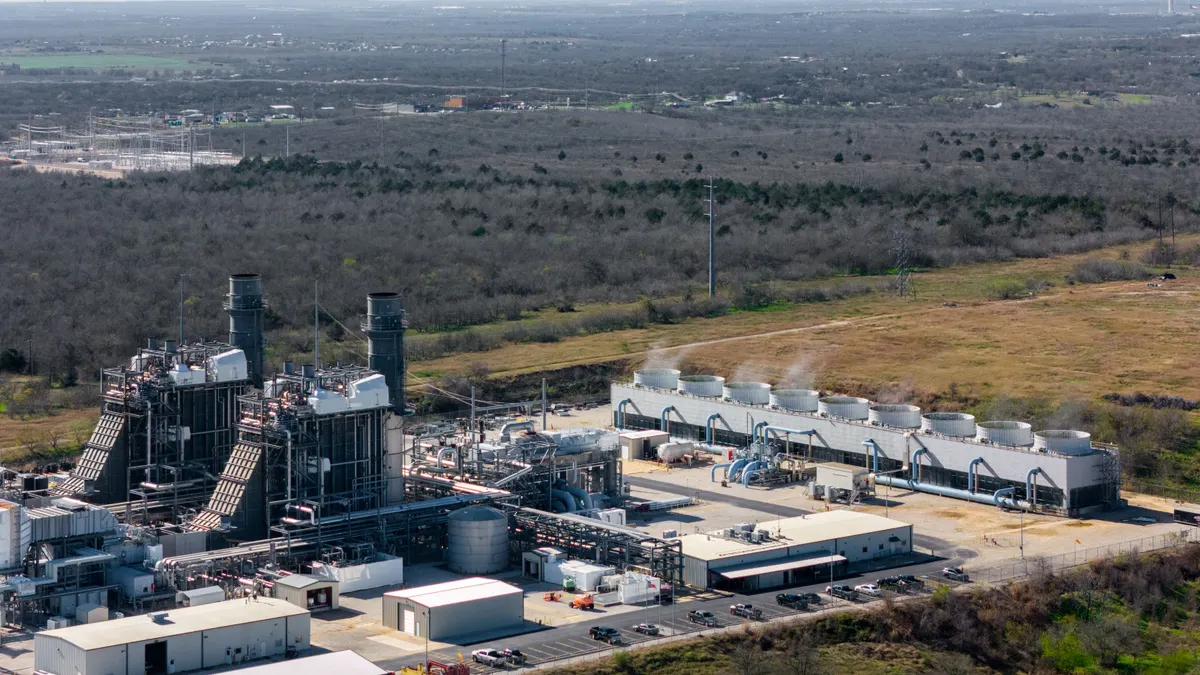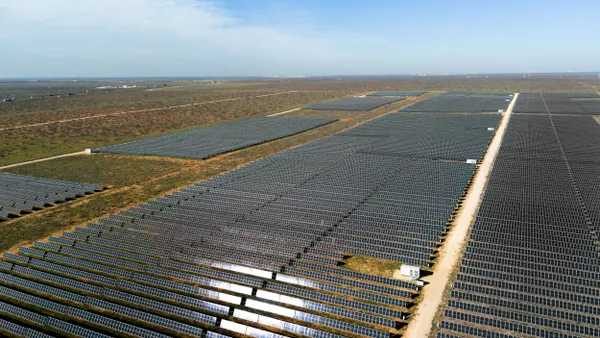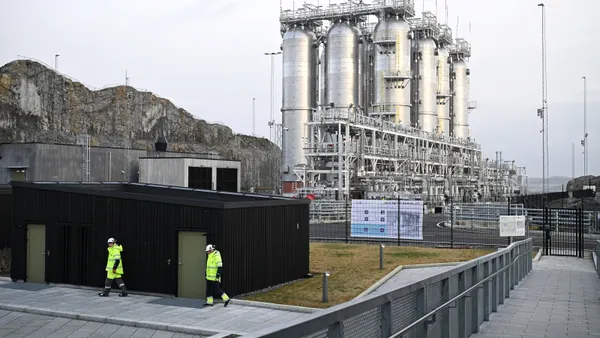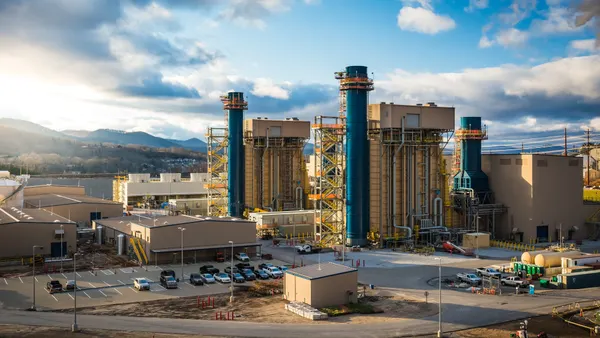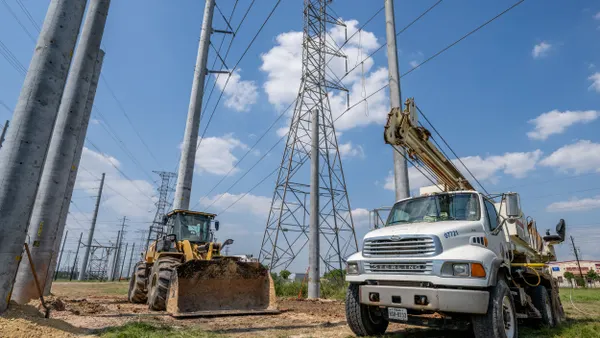Dive Brief:
- Mitsubishi Heavy Industries plans to double its manufacturing capacity of gas turbines over the next two years in response to spiking demand and a backlog of orders, Bloomberg reported Sunday. Average wait times for gas turbine delivery have recently increased by several years.
- GE Vernova, another gas turbine manufacturer, announced on Aug. 19 that it is investing $41 million to enhance the manufacturing of its H65 and H84 generators, used in the company’s HA gas turbines. Siemens Energy, another gas turbine manufacturer, announced in December last year that it’s adding 61,000 sq ft to a facility that makes blades and vanes for its turbines.
- “An individual [original equipment manufacturer] doubling production could increase overall output by 15-40% based on historic data,” Bobby Noble, senior program manager of gas turbine research and development at the Electric Power Research Institute. “It should help over time, but it is likely not enough to drastically reduce [wait times].”
Dive Insight:
While some of the demand can be attributed to the replacement of a generation of aging turbines, data center construction appears to be driving a lot of the demand.
Jake Rubin, media relations lead for Siemens Energy in North America, said in an email that in the third quarter, half of the company’s gas services division’s orders came from the U.S.
“Gas Services secured gas turbine orders totaling 14 GW in the fiscal year to date, 65% of which are for data centers,” he said.
Rubin said the Florida blades and vanes facility that Siemens Energy plans to expand “has grown from approximately 200 employees two years ago to more than 450 today,” but didn’t mention new hiring.
GE Vernova said in its release that it plans to create 50 new jobs at the generator facility it’s expanding. Mitsubishi Heavy Industries did not respond to a request for comment.
Siemens Energy CEO Christian Bruch said during an Aug. 6 earnings call that “really, for the first time, I see that across all frame sizes there has been super high demand” for new gas turbines.
“The big plus, I think, for us has been the breadth of our portfolio in terms of frame sizes,” Bruch said. “Despite the tariff situation, we currently see an extremely strong market for energy solutions in the U.S. Both the replacement of outdated infrastructure and the enormous demand for electricity for data centers are driving very high demand for our products in the U.S.”
Noble said it would be difficult to determine the exact impact of increased capacity on current wait times, “as it is more complex than simply increasing floor space and factory capabilities for manufacturing additional units.”
“All in all, if more machines can be manufactured, more skilled and engineering labor will be needed,” he said. “This is the part that really complicates the actual timeline.”
The wait time isn’t as long for smaller turbines, making them more appealing. Order numbers for small gas turbines are “massively higher than what they’ve been in the past five years,” Noble said in an August interview.
Noble said that increasing production of gas turbines “should be sustainable” for manufacturers, though he didn’t discount the possibility of a bubble.
“Increasing production has risks, as long-term demand cannot be guaranteed,” he said. “The natural gas bubble in the early 2000s was a different set of circumstances, but not fully unique compared to today … Twenty-five years ago, natural gas became cheaper than coal and was attractive to move towards. Just as with other commodities, once in higher demand, natural gas prices increased and orders became more scarce.”
That reduced demand meant manufacturing facilities also had to be reduced, Noble said.
But in 2025, “gas turbine demand is driven by other factors,” he said. “Coal retirements, increasing capacity needs from conventional customers, and the added complexity of data center capacity growth are all factors.”



